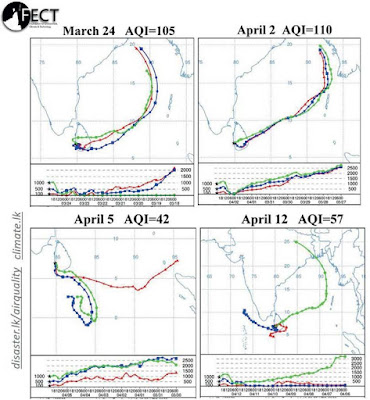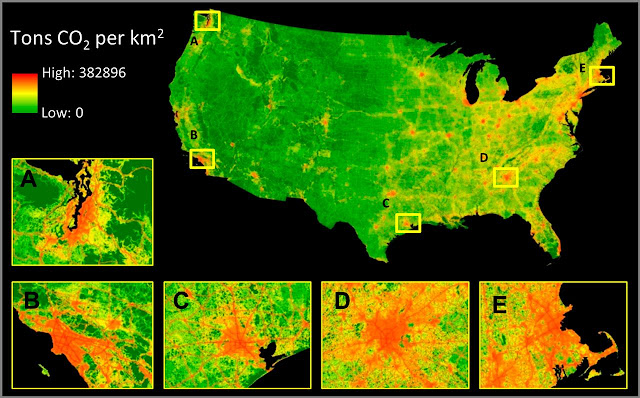Transportation is the largest source of planet-warming greenhouse gases in the United States today and the bulk of those emissions come from driving in our cities and suburbs.
The map below shows a year’s worth of CO2 from passenger and freight traffic on every road in the New York area.
Emissions from driving in the New York metro area grew faster than population between 1990 and 2017, which means emissions per person have increased.
These findings come from a New York Times analysis of new data released through Boston University’s Database of Road Transportation Emissions. The database provides the most detailed estimates available of local on-road CO2 over the past three decades. The map above shows emissions in 2017.
Even as the United States has reduced carbon dioxide emissions from its electric grid, largely by switching from coal power to less-polluting natural gas, emissions from transportation have remained stubbornly high.
The bulk of those emissions, nearly 60 percent, come from the country’s 250 million passenger cars, S.U.V.s and pickup trucks, according to the Environmental Protection Agency. Freight trucks contribute an additional 23 percent.
Reducing emissions from driving has been a big challenge, said Conor Gately, who led the project mapping CO2 on America’s roads as a postdoctoral researcher at Boston University. Emissions dipped during the recession of the late 2000s, but have been ticking back up since 2013.
National fuel economy standards put in place under the Obama administration have helped temper the rise in automotive emissions because the rules require cars and trucks to use less gasoline per mile traveled. But even as vehicles have become more efficient, Americans, buoyed by a strong economy and low gas prices, have been driving more miles and buying more S.U.V.s and pickup trucks, which have lower gas mileage. Freight trucking is also on the rise.
The Trump administration is expected to finalize a rollback of efficiency standards for passenger vehicles this month, a move that could significantly increase future emissions from America’s cars and trucks.
Emissions From Driving Have GrownFastest in America’s Cities and Suburbs
Boston University’s emissions database, first published in 2015 and updated this week with an additional five years of data, reveals that much of the increase in driving-related CO2 has occurred in and around cities.
Suburban driving, including commuting, has been a major contributor to the expanding carbon footprint of urban areas, Dr. Gately said.
But, he added, “Even in the densest cities, the vast majority of trips still happen in a motor vehicle.” These trips include work commutes, school drop-offs and millions of other daily errands, as well as freight deliveries and other business traffic, all of which contribute to planetary warming.
The New York Times identified the 100 metropolitan areas with the highest total emissions from driving, based on Boston University’s local estimates:
Meaningfully lowering emissions from driving requires both technological and behavioral change, said Deb Niemeier, a professor of civil and environmental engineering at the University of Maryland. Fundamentally, you need to make vehicles pollute less, make people drive less, or both, she said.
Cities and states have sought to green the vehicles on their roads by providing tax incentives for electric and hybrid models, and by building more charging stations. California has the unique authority to set its own pollution standards for cars and trucks that are stricter than national rules, but the Trump administration is challenging this power.
Cities have also tried to reduce the amount people drive by encouraging carpooling, expanding transit options — including subways, light rail and rapid bus services — and planning denser, more accessible neighborhoods, too. In 2021, New York will become the first city in America to charge drivers a fee for entering highly congested areas.
In the absence of federal leadership, such local and regional initiatives have taken on new urgency.
“Every city has some workable strategies to lower vehicle-related greenhouse gas emissions,” Dr. Niemeier said, but the right mix depends on local conditions, including existing development patterns and infrastructure. “What works in New York City will not work in Dallas-Fort Worth,” she said.
No matter the mechanism, Dr. Gately of Boston University said, “Big, long-term change needs to happen in America’s cities.”





Comments
Post a Comment